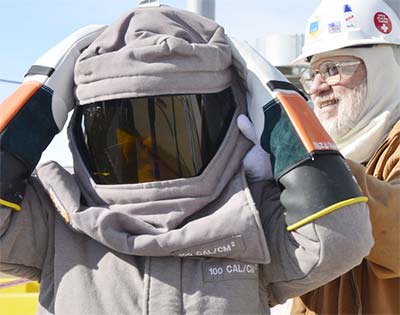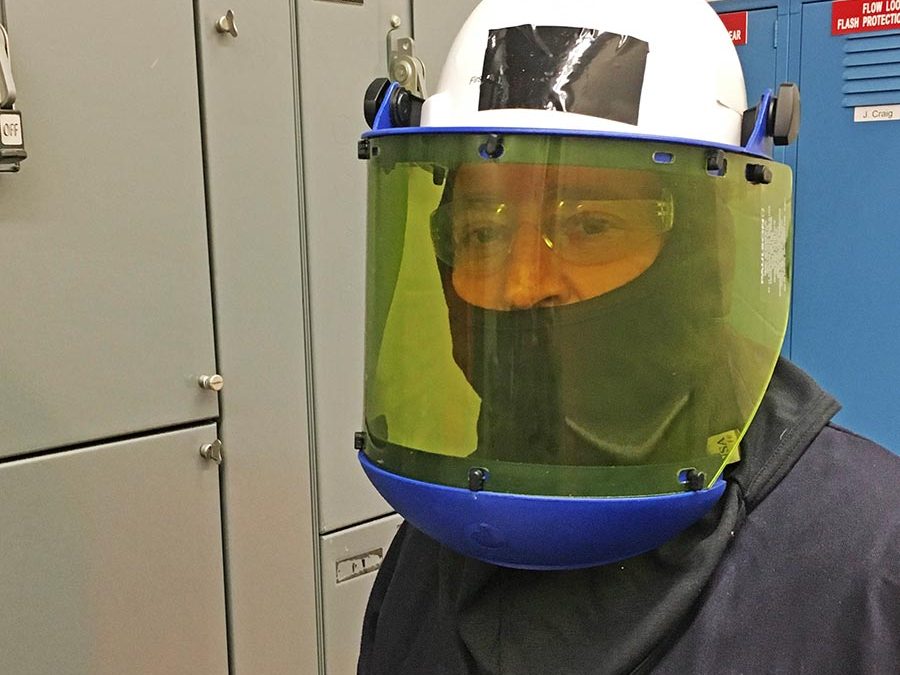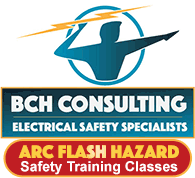According to the Center for Disease Control, more than 10,000 eye injuries occur in the USA every day. The Department of Labor has reported that approximately 2,000 of these injuries require medical treatment and time off work, and the Bureau of Labor claims that 85% of these cases require up to five days off work. The Bureau of Labor Statistics also reported that most workers injured while not wearing protective eyewear most often said they believed it was not required by the situation.
Arc flashes create many ways for a worker to get hurt, including eye injuries. Therefore, NFPA 70e® Article 130.7(C)(4) requires that employees wear protective equipment for the eyes whenever there is danger of injury from electric arcs, flashes, or from flying objects resulting from electrical explosion.
OSHA: Eye injuries alone cost more than $300 million per year in lost production time, medical expenses, and worker compensation
Thousands of people are blinded each year from work-related eye injuries that could have been prevented with the proper selection and use of eye and face protection.
OSHA requires employers to ensure the safety of all employees in the work environment. Eye and face protection must be provided whenever necessary to protect against chemical, environmental, radiological or mechanical irritants and hazards.
The misconception of face shields and safety glasses
I think that most people understand the intense heat that gets generated during an arc flash and take the appropriate precautions by wearing arc rated clothing. However, I do find a level of misunderstanding when it comes to face shields and safety glasses.
I am often asked, “Do I need to wear safety glasses? Doesn’t the face shield protect my eyes?” The answer is both yes and no.
The answer is yes because the face shield does protect your eyes from the intense light and heat generated by the arc flash. However, according to the American National Standards Institute’s current standard for high impact eye protection (ANSI 87.1), the face shield does not provide adequate protection from flying debris, even though it is impact resistant.
OSHA and NFPA 70e® reference ANSI Z87.1 as the standard for eye protection. The standard clearly states that face shields can only be considered as secondary protection to eye injuries because its primary function is to protect the wearer’s face from certain hazards. Hence, secondary protectors must be worn with safety glasses which are considered primary eye protection.
 How do we reduce the number of work-related eye injuries this year?
How do we reduce the number of work-related eye injuries this year?
SHARE THIS SAFETY TIP WITH YOUR TEAM
EDUCATE – Conduct ongoing shop safety briefs that highlight the companies arc flash PPE requirements. Explain why an arc flash is a situation where safety glasses and the protective face shield are needed to ensure safety.
PUT IT IN WRITING – Create a poster or visual aid that depicts what a properly dressed and outfitted arc flash worker looks like. Post them in your electrical distribution rooms and maintenance shops. Create a pre-job brief card that requires the workers to check-off each piece of required PPE.
AUDIT – Conduct focused audits of your employees when performing electrical work. Coach both positive and negative behaviors. Always stop the job when a safety violation is spotted. Correct the behavior before allowing the employee to return to work.








